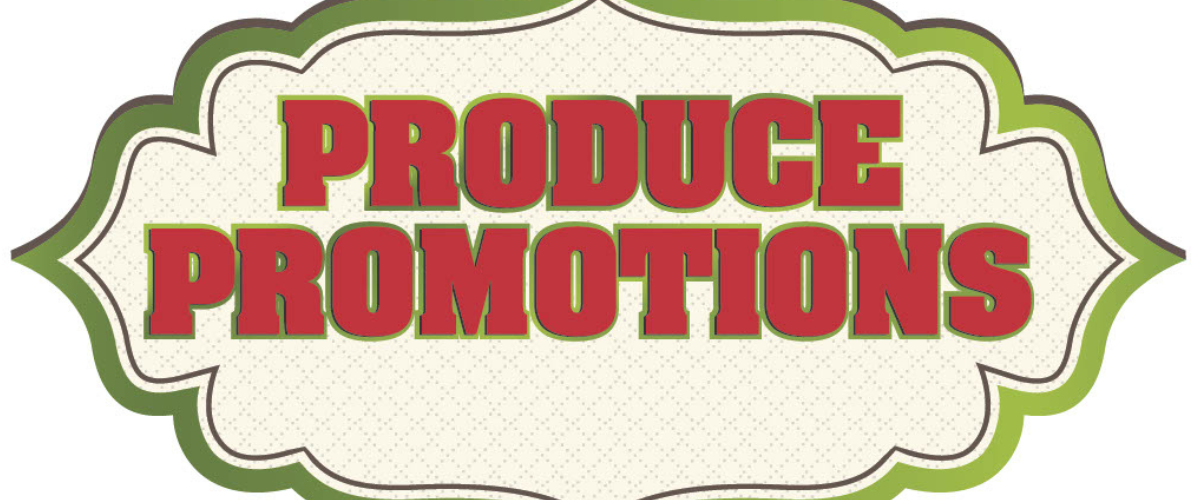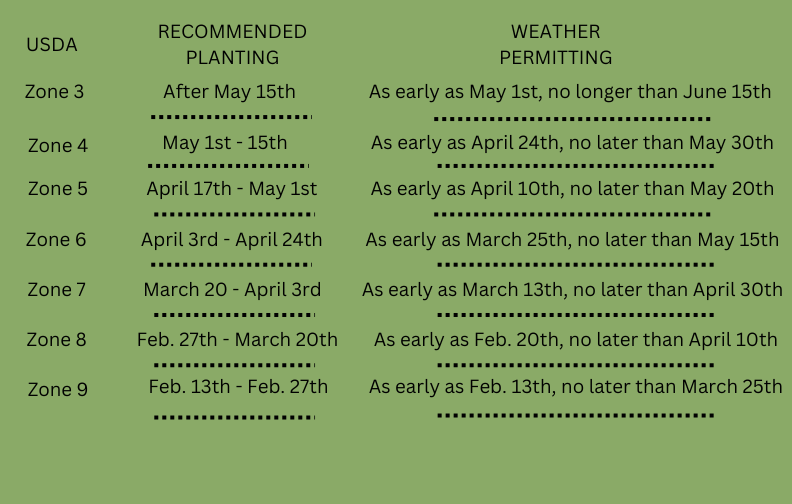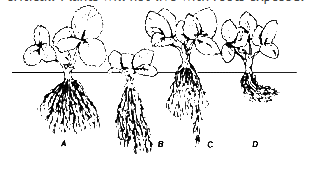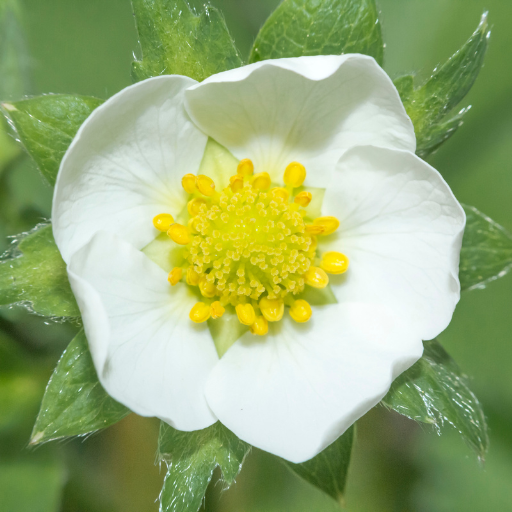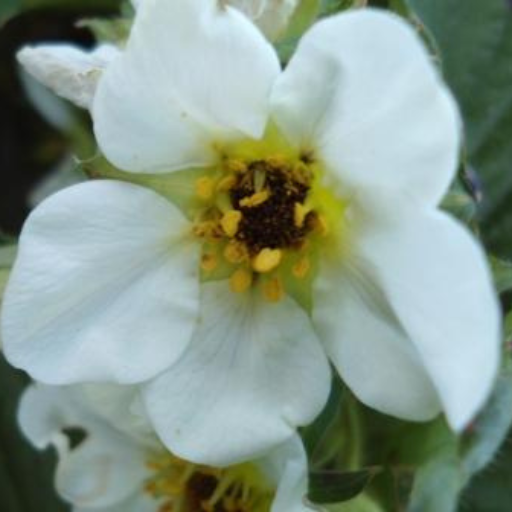Cabot Strawberry - June Bearing - Mid Season 25/bundle
| Quantity | Price |
| 25 | $25.00 |
| 100 | $83.00 |
| 250 | $135.00 |
| 500 | $160.00 |
*FOR QUANTITIES OVER 1000 VISIT LARGE STRAWBERRY QUANTITIES*
This mid to late season berry produces HUGE fruit. It is winter hardy and shows good disease resistance but doesn't runner will and may need closer planting to establish a good fruiting bed. Berries have good flavor, color, and firmness.



